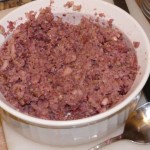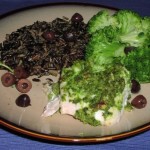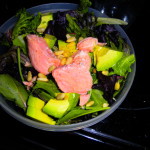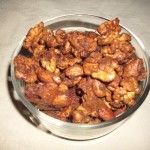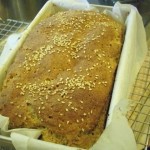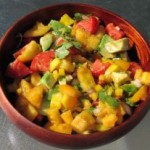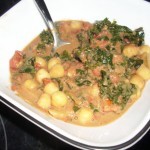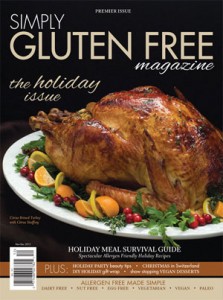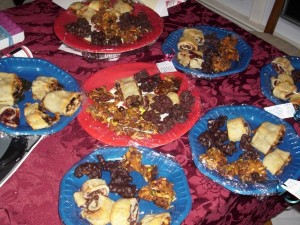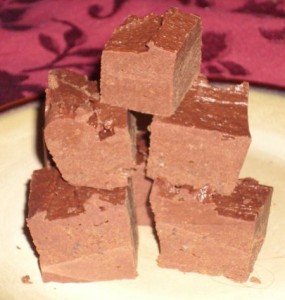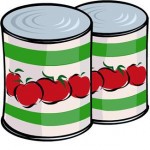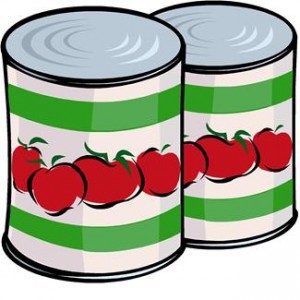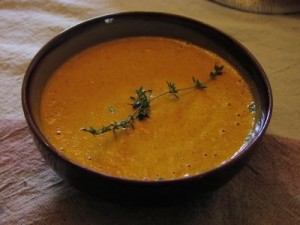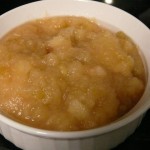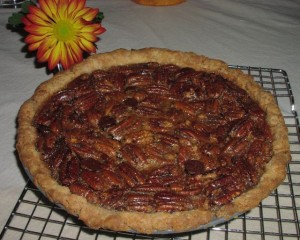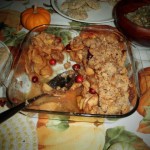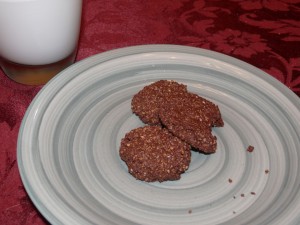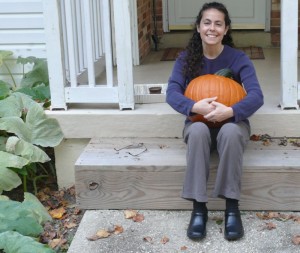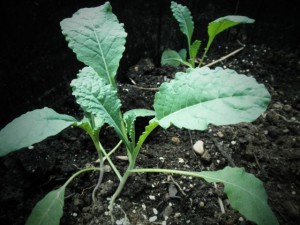For so many years it’s been a given that women should take a calcium supplement, just as a part of good preventative health and strong bones. Over half of women report taking calcium, vitamin D, or both. But the recommendation for calcium supplements has come under scrutiny during the past few years, with a 2010 BMJ study showing slight increases in heart attacks with calcium supplementation without D.
As of Feb 2013, the U.S. Preventive Services Task Force official recommendation is against taking to taking calcium with D as primary prevention for fractures. They looked at 16 studies of people taking 1000mg or less a day of calcium with 400mg or less of Vitamin D (which is a pretty typical dose) and found that there was no decreased incidence of fractures.
- This recommendation does not apply to people with osteoporosis, vitamin D deficiency, or people who are living in an institution. It also does not apply to people taking calcium for other reasons (e.g. Celiac disease)
- The recommendations call for more research on the potential impacts of higher levels of vitamin D, and there is still support for taking Vitamin D for other reasons.
- People who are at greater risk of falls are still encouraged to take vitamin D
- They did not examine the effects of vitamin D on cardiovascular health or other diseases and conditions.
- Fortunately, the risk of harm with taking calcium supplements is pretty low, but there is a slightly increased risk of kidney stones for women.
Take home message: If you’re a healthy person with no history of osteoporosis and you’re taking calcium because that’s what you’re supposed to do for your bones, the good news is now you have one less thing to worry about. Yes, you need calcium for your bones. But food sources are clearly superior to supplements. We also all need to regularly do weight bearing exercises, and avoid smoking.
There’s a nice summary from Harvard here, and full text of the recommendations here.
Recipe: Creamy Veggie Soup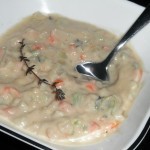
I wish I was moving onto Springtime recipes, but with the cold, I’m still loving my soup. This Creamy Veggie Soup is perfect for anyone avoiding dairy, or just trying to get some extra veggies.
- 1 head cauliflower, roasted with olive oil and 1/2-1 bulb of garlic
- 2 Tablespoons olive oil
- A big ‘ole container of chopped veggies (maybe 3 cups?) chopped carrots, onions and celery
- A small handful roasted almonds, around ¼ cup
- 4-5 big sprigs of thyme
- 3-4 cups broth–any kind works. I usually use Pacific Organic Chicken Broth
or their Vegetable Broth. I love Pacific because they’re organic, gluten-free & don’t use GMOs - Salt
- White pepper, to taste
Roast a head of cauliflower with at least a ½ head of garlic. This can be done ahead or frozen.
Heat the olive oil over med/med high heat, and add in the veggies and thyme. Let them brown, 5-6 min and stir occasionally. They’re done when they are crisp-tender.
Meanwhile, puree the cauliflower mix and almonds with 3 cups of broth. This is simple in a Vitamix. If you’re using a food processor instead, using almond flour instead of whole almonds is probably a good idea.
Add puree into the pot with the browned veggies. Stir, add more broth, salt and pepper as needed.
Cheryl Harris, MPH, RD is a Registered Dietitian, Nutritionist and Certified Wellcoach in Fairfax & Alexandria, VA. I work with people to feel and look their best with a range of specialties, including Celiac Disease, GI issues, food allergies, pregnancy, breastfeeding, vegetarian and vegan diets, preventing diseases and “whole foods” eating. Let’s get you on your way to achieving your goals. Email me or call 571-271-8742.

